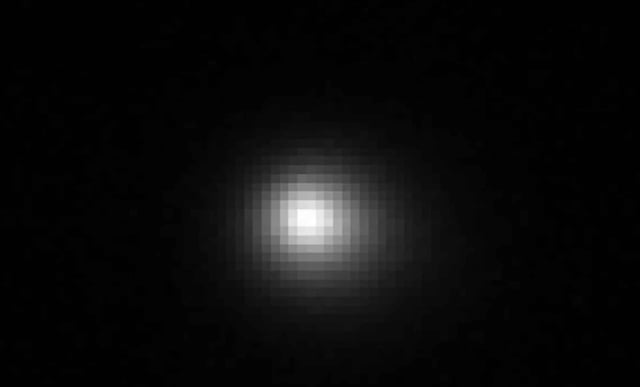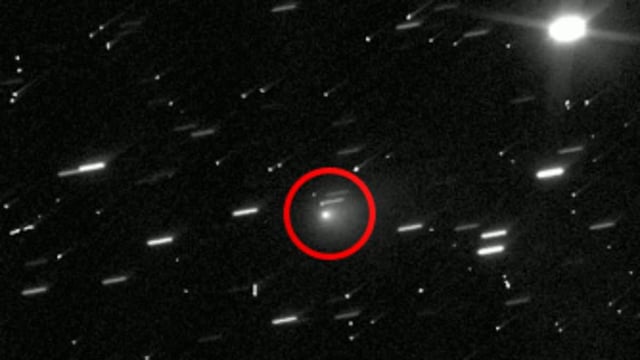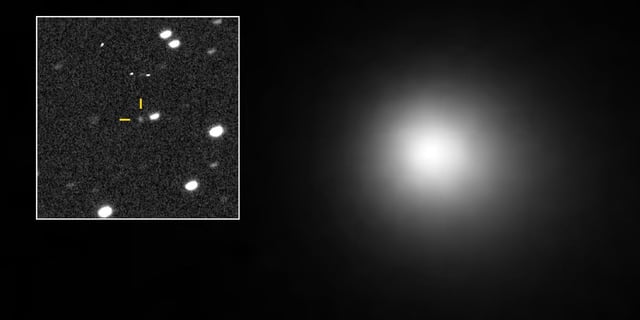Overview
- Latest arXiv study finds its spectral slope, dust-laden coma and motion through the Milky Way’s thin disk all fit characteristics of natural cometary bodies
- Observations measure a nucleus roughly 11 km across, a 16.8 hour rotation period and a reddish visible spectrum akin to D-type asteroids and Centaurs
- Research teams using Hubble, JWST, GTC, VLT and the Rubin Observatory are coordinating imaging and spectroscopic campaigns ahead of its October perihelion
- Avi Loeb’s preprint proposing an extraterrestrial probe remains unreviewed and has drawn skepticism from astronomers citing standard cometary behavior
- Traveling at over 245,000 km/h on a hyperbolic trajectory, 3I/ATLAS is too fast for interception by current rockets and will disappear behind the Sun in late November



